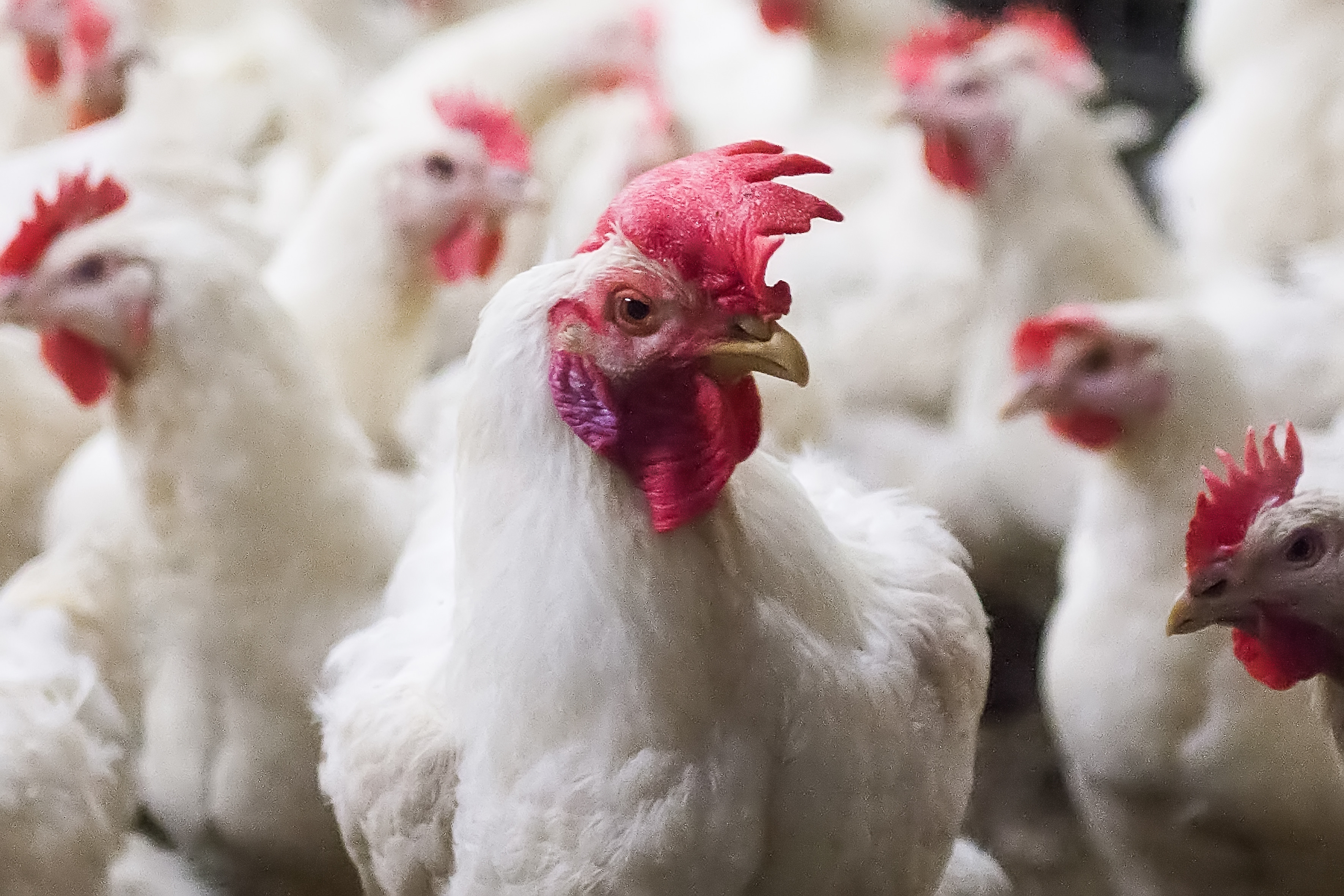Cargill reduces poultry antibiotics use by 55% in the UK
 Cargill reduces poultry antibiotics use by 55% in the UK. Photo: Ronald Hissink
Cargill reduces poultry antibiotics use by 55% in the UK. Photo: Ronald Hissink The company, which produces 100 million birds a year across approximately 100 farms, said it had made considerable progress since launching its antibiotic reduction strategy in 2012.
In a statement to Poultry World, the firm said it had adopted a number of practices including improving biosecurity on its farms, reviewing husbandry and management, as well as improving nutrition, environmental management and its vaccination programme.
As a result, Cargill UK had:
- Eliminated the use of third and fourth generation Cephalosporins, Fluorquinolones, Macrolides and Colistin in its broiler production. These have been identified by the World Animal Health as of “the most highly critical importance to human health”.
- Eliminated the prophylactic use of antibiotics.
- Continued to invest in research and development in order to evaluate products and management practices that reduce the need for antibiotics.
The statement added: “We strive to guarantee the responsible and sustainable use of antibiotics throughout our farm supply chain to ensure we are safeguarding both animal and human health. We will continue to monitor targets set by this strategy to make sure it does not compromise on high welfare standards but we are committed to safeguarding human health through removing those antibiotics that are defined as most highly critical.”
The statement followed comments on the Tesco Future Foundation blog by Cargill agricultural assurance manager Lauren Hladun, who is 3 months into the fourth intake of youngsters in the scheme.
Ms Hladun said that having implemented a robust and strategic antibiotic reduction policy, Cargill was proud to have reduced its “antibiotic usage by over 55% in the past 10 years on our UK farms without seeing any impact on production”.
She added that she was involved in establishing an electronic portal to boost communications with its suppliers.
“The portal will provide a single location for our farmers to access important documentation, links and updates through interactive newsfeeds, calendars and file storage locations.
“I’m really excited about launching this to our growers, as it should help increase their day to day engagement in the business.”
